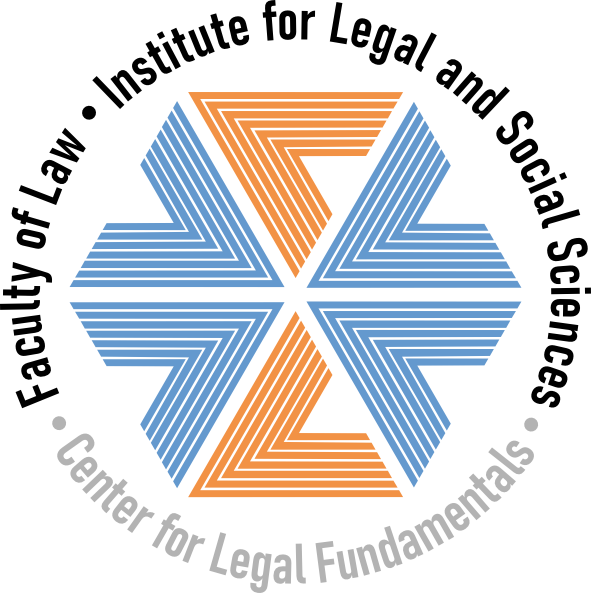Приказ основних података о документу
Junac koji bode u Zakonopravilu Svetoga Save
Goring Ox in the Nomocanon of Saint Sava
| dc.creator | Polojac, Milena | |
| dc.date.accessioned | 2024-03-11T14:55:17Z | |
| dc.date.available | 2024-03-11T14:55:17Z | |
| dc.date.issued | 2017 | |
| dc.identifier.issn | 0003-2565 | |
| dc.identifier.uri | https://ralf.ius.bg.ac.rs/handle/123456789/993 | |
| dc.description.abstract | Nekoliko slučajeva smrtnog ishoda usled uboda rogom bika (vola) kazuistički su normirani u arhaičnim zakonodavstvima Bliskog istoka. Oni su privukli pažnju mnogih naučnika. Jedno od najčešće raspravljanih i spornih pitanja jeste da li i u kolikoj meri postoji veza između Mojsijevog zakonodavstva i zakonodavstava stare Mesopotamije. Odredbe Starog zaveta recipirane su u srpsko srednjovekovno pravo: nalaze se u glavi 48, paragraf 21 Zakonopravila Svetog Save. U radu se istražuje taj interesantan slučaj recepcije. Autor pokušava da odgovori na pitanje kada je i na koji način došlo do odstupanja u odnosu na biblijski tekst. Hipoteze koje se iznose tiču se pre svega odnosa između najstarijeg sačuvanog Ilovičkog prepisa Zakonopravila i protografa koji nije sačuvan. | sr |
| dc.description.abstract | Famous legislation concerning goring ox attracted considerable interest of legal historians and comparatists. In the first part of the article the author presents ancient Near Eastern provisions of the Laws of Eshnunna, the Code of Hammurabi and the Moses' legislation in their interrelationship. The singularity of the biblical legislation is stressed particularly under two points: 1) the ox must be stoned to death 2) its flesh may not be consumed. The same set of rules exists also in the Zakonopravilo of Saint Sava - chapter 48 paragraph 21. These rules are taken over from the Old Testament. Compared to the biblical text there is a small but very importaint modification in the Ilovica transcript, the oldest transcript preserved: the ox has to be stoned but its flesh may be eaten. The Ilovica transcript (ca. 1262) is not only chronologically nearest to Sava's autograph. It is probably also textually closest to it. The same wording can be found in the Sarajevo transcript (ca. 1371) and in the Belgrade transcript (ca. 1470). After examining some relevant historical and social circumstances, author came to the final, highly hypothetical conclusion that the mistake was present already in the lost original. | en |
| dc.publisher | Univerzitet u Beogradu - Pravni fakultet, Beograd | |
| dc.rights | openAccess | |
| dc.rights.uri | https://creativecommons.org/licenses/by/4.0/ | |
| dc.source | Anali Pravnog fakulteta u Beogradu | |
| dc.subject | Zakonopravilo Svetog Save | sr |
| dc.subject | Zakonodavstvo stare Mesopotamije | sr |
| dc.subject | Stari zavet | sr |
| dc.subject | Junac (vo, bik) bodač | sr |
| dc.subject | Ilovički prepis | sr |
| dc.subject | Zakonopravilo of Saint Sava | en |
| dc.subject | old testament | en |
| dc.subject | legislation of ancient Mesopotamia | en |
| dc.subject | Ilovica transcript | en |
| dc.subject | Goring ox | en |
| dc.title | Junac koji bode u Zakonopravilu Svetoga Save | sr |
| dc.title | Goring Ox in the Nomocanon of Saint Sava | en |
| dc.type | article | |
| dc.rights.license | BY | |
| dc.citation.epage | 69 | |
| dc.citation.issue | 2 | |
| dc.citation.other | 65(2): 43-69 | |
| dc.citation.rank | M24 | |
| dc.citation.spage | 43 | |
| dc.citation.volume | 65 | |
| dc.identifier.doi | 10.5937/AnaliPFB1702043P | |
| dc.identifier.fulltext | https://ralf.ius.bg.ac.rs/bitstream/id/574/990.pdf | |
| dc.identifier.rcub | conv_425 | |
| dc.type.version | publishedVersion |


